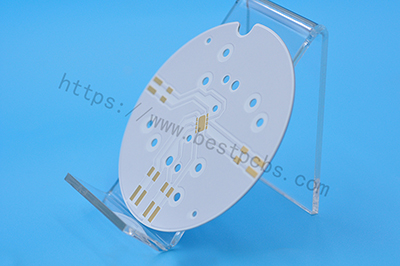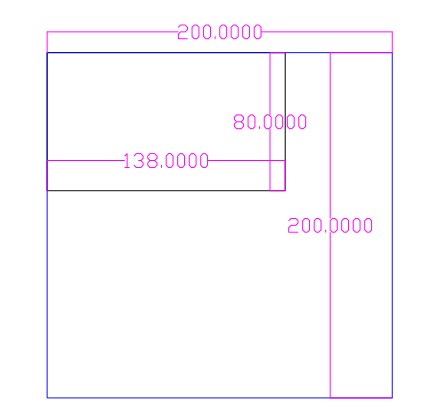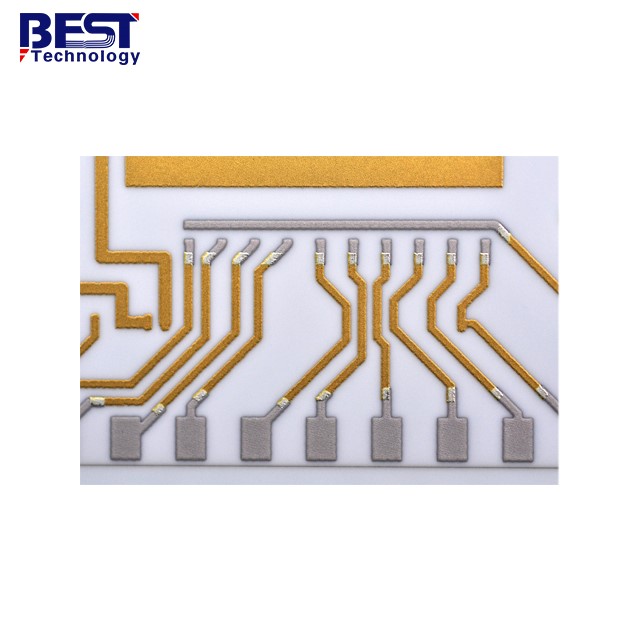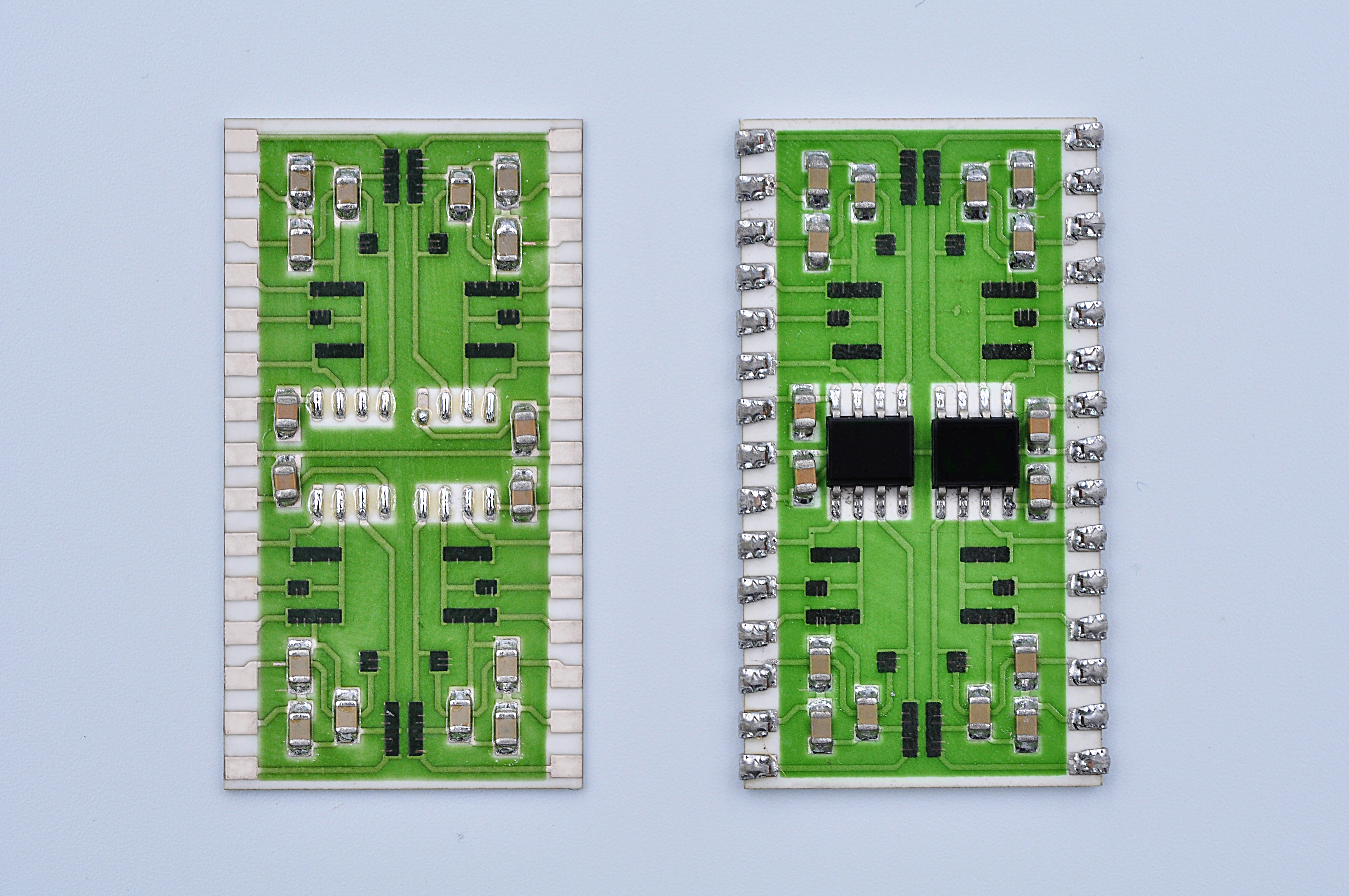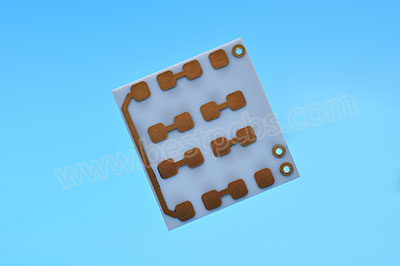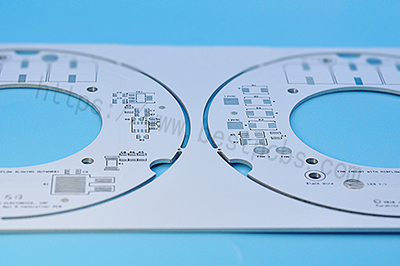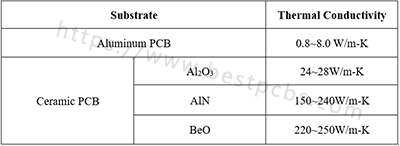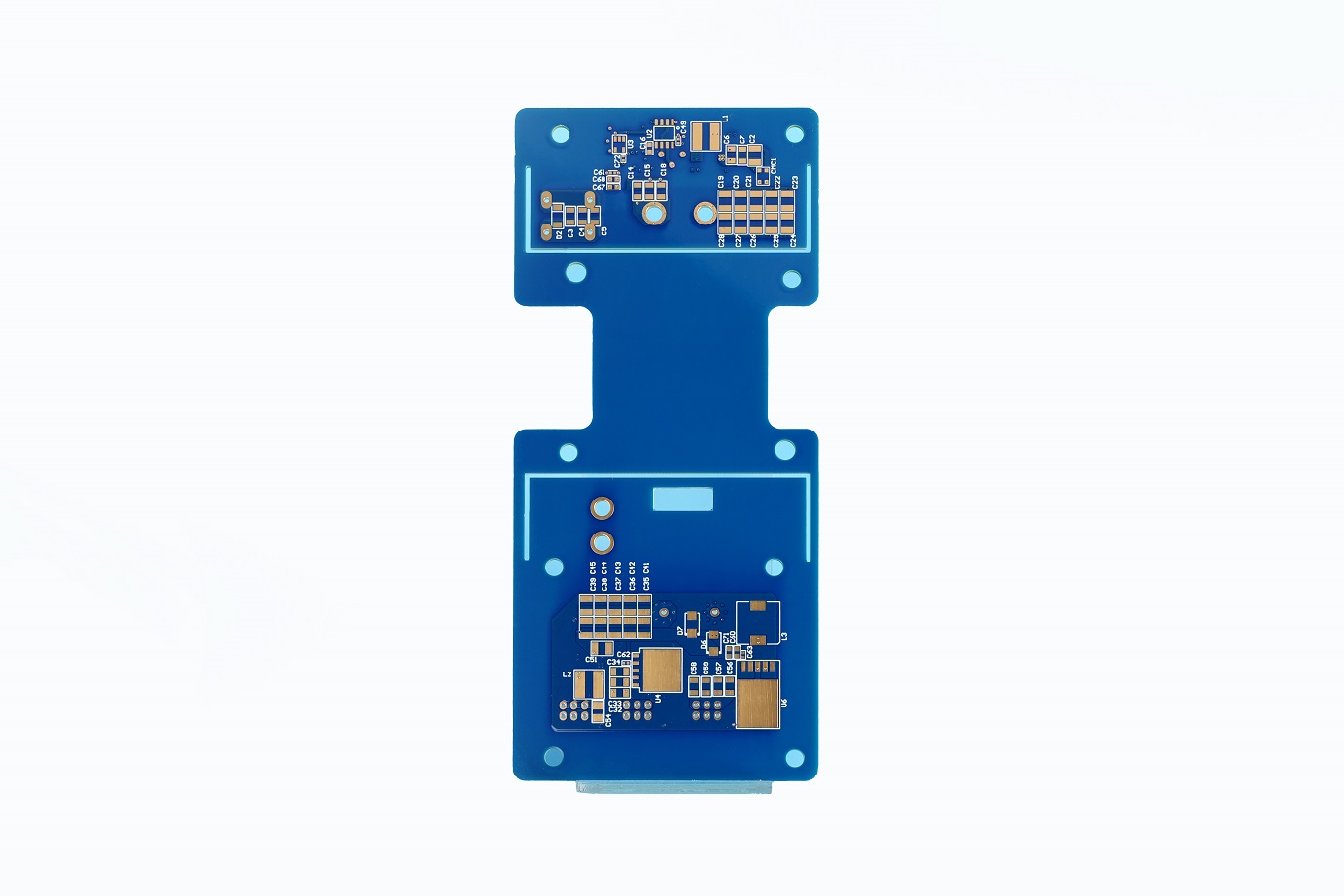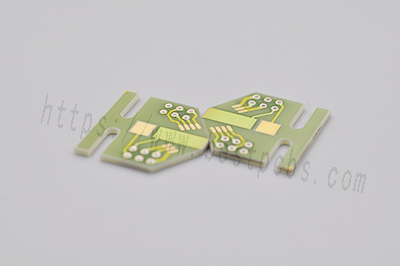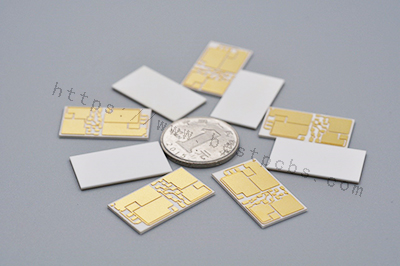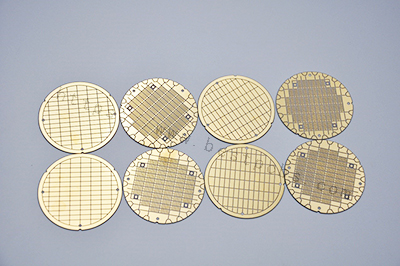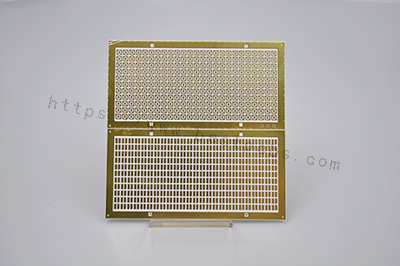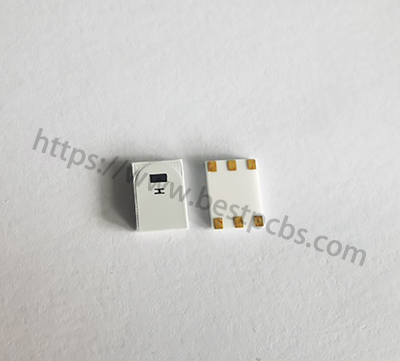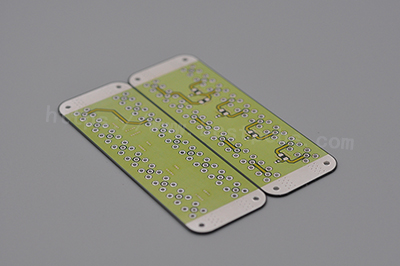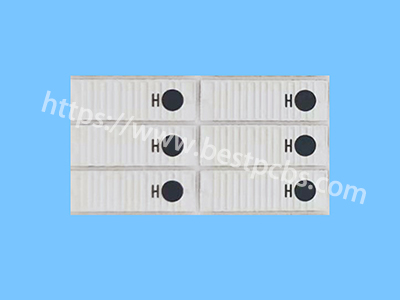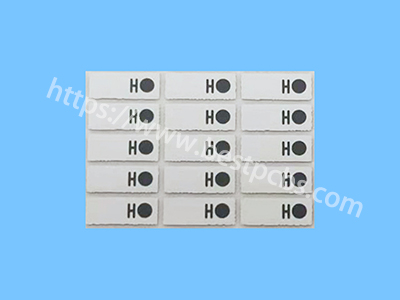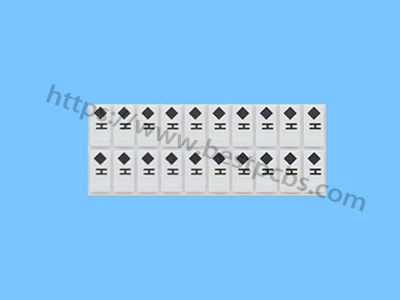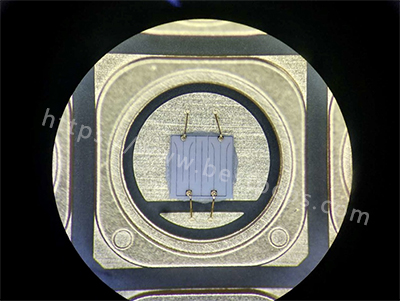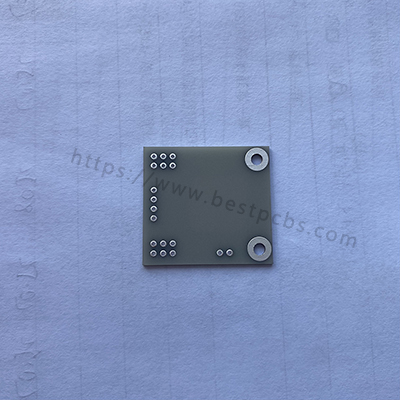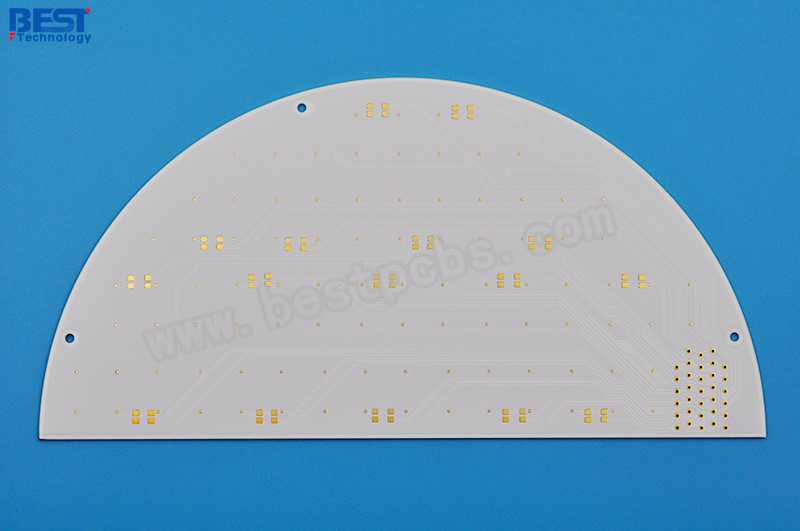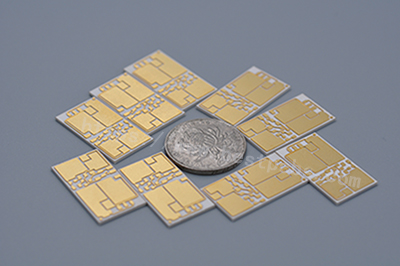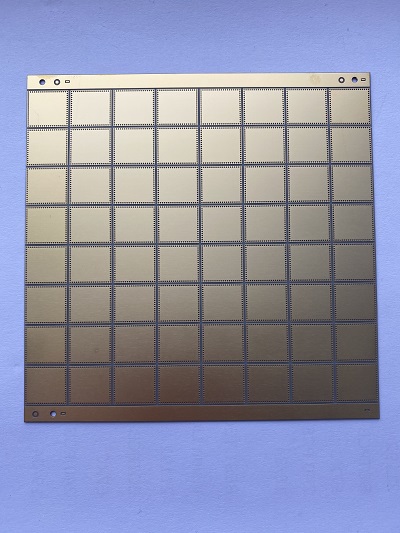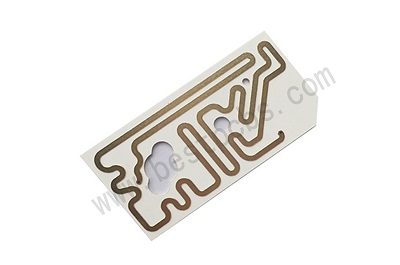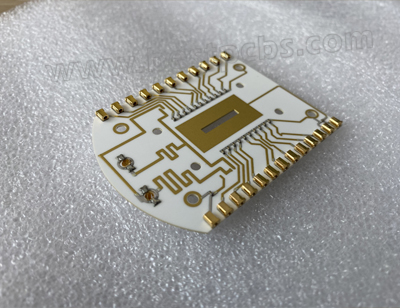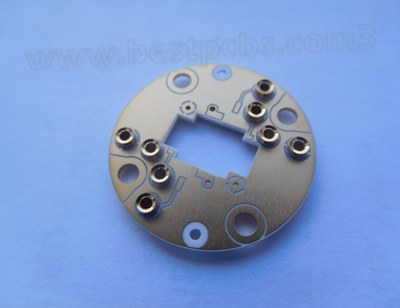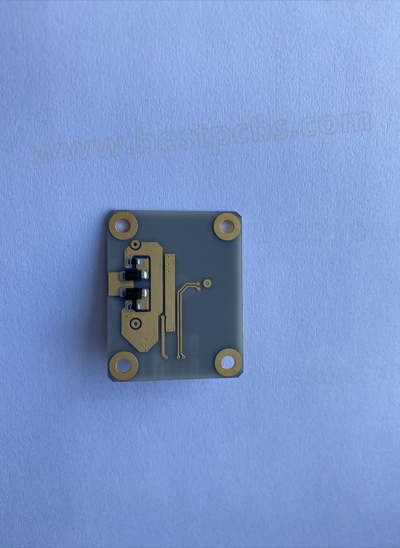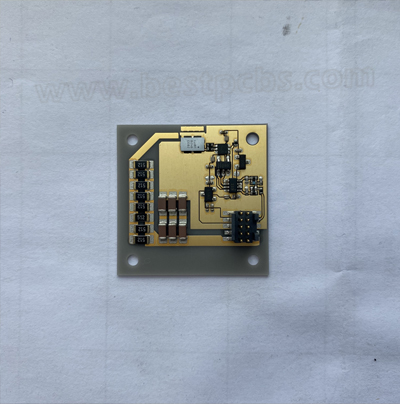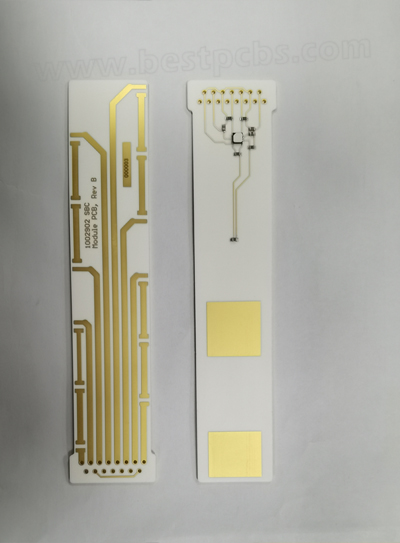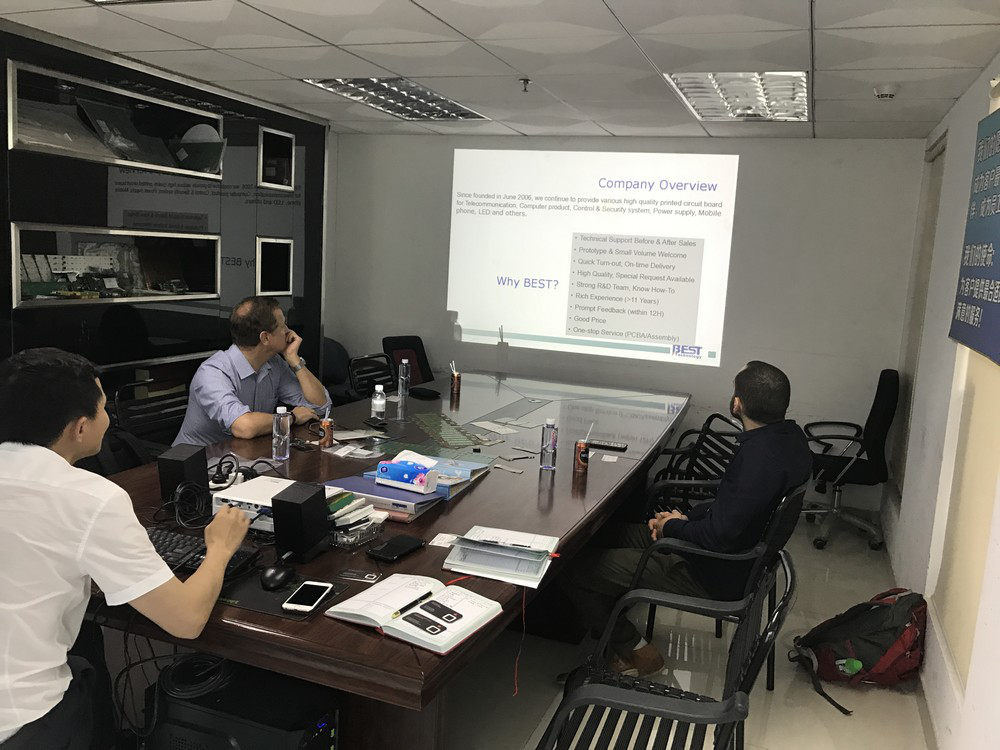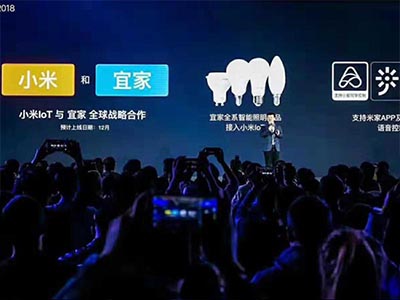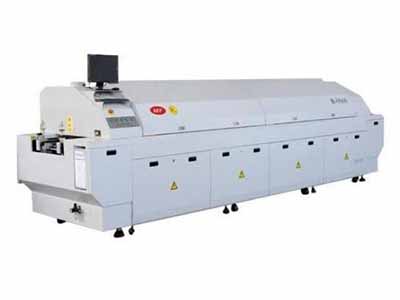Ceramic PCB is used in various fields because of its high-quality thermal and mechanical advantages. The board’s unique features and high thermal conductivity have enabled it to be used in devices big and small. But meanwhile, it is not flawless. There are also some disadvantages.
Pros of ceramic PCB
It is supposed that you are familiar with the features below that the ceramic PCB has.
- Excellent thermal conductivity.
- Good insulation.
- High temperature resistance.
- Great mechanical properties.
- Compatible with CTE (Coefficient of Thermal Expansion) of components.
- High-density assembly possible.
- Non-toxic, conducive to environmental protection.
Cons of ceramic PCB
There are also a few disadvantages that can be found in ceramic PCB. Some of the disadvantages are stated below.
- Cost—It has a higher cost compared to other printed circuit boards.
- Handling—Since ceramic is fragile, it entails careful handling. As ceramic PCB is made for tight spaces, it is very small and this makes it even harder to handle.
- Availability—It is not as widely available.
Everything has two sides. And ceramic PCB has no exception. But if considering all the advantages and disadvantages, ceramic PCB still takes the win amongst all other boards.
So, this is the end of the article about the advantages and disadvantages of the ceramic PCB. In case if you have any other questions about ceramic PCB or MCPCB, you are welcome to contact us via email at sales@bestpcbs.com. We are fully equipped to handle your PCB or MCPCB manufacturing requirements.
